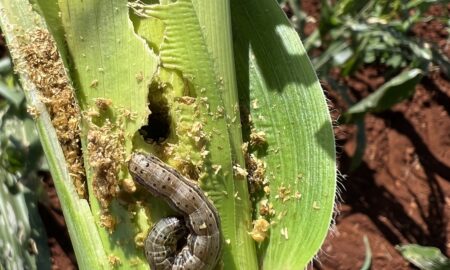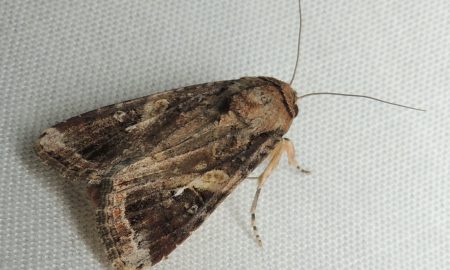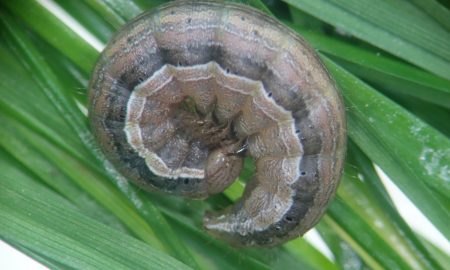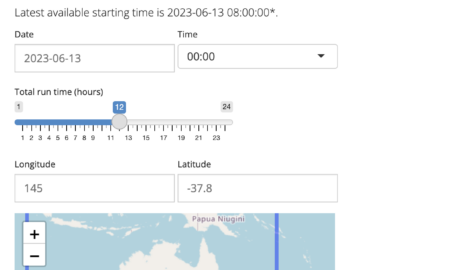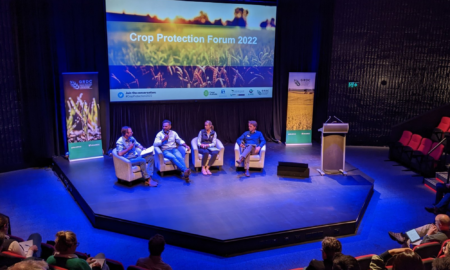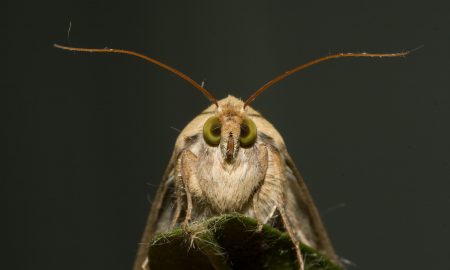PestFacts article
Worming in: intense fall armyworm pressure in Queensland and the potential impacts in Victoria
Fall armyworm (Spodoptera frugiperda) has swept sorghum and maize crops throughout Queensland, with the state experiencing severe pest pressure. The southern grains region is advised to stay informed and be prepared for their arrival. Here’s what you need to know about the latest threshold recommendations and a forecasting tool for the prediction of fall armyworm


